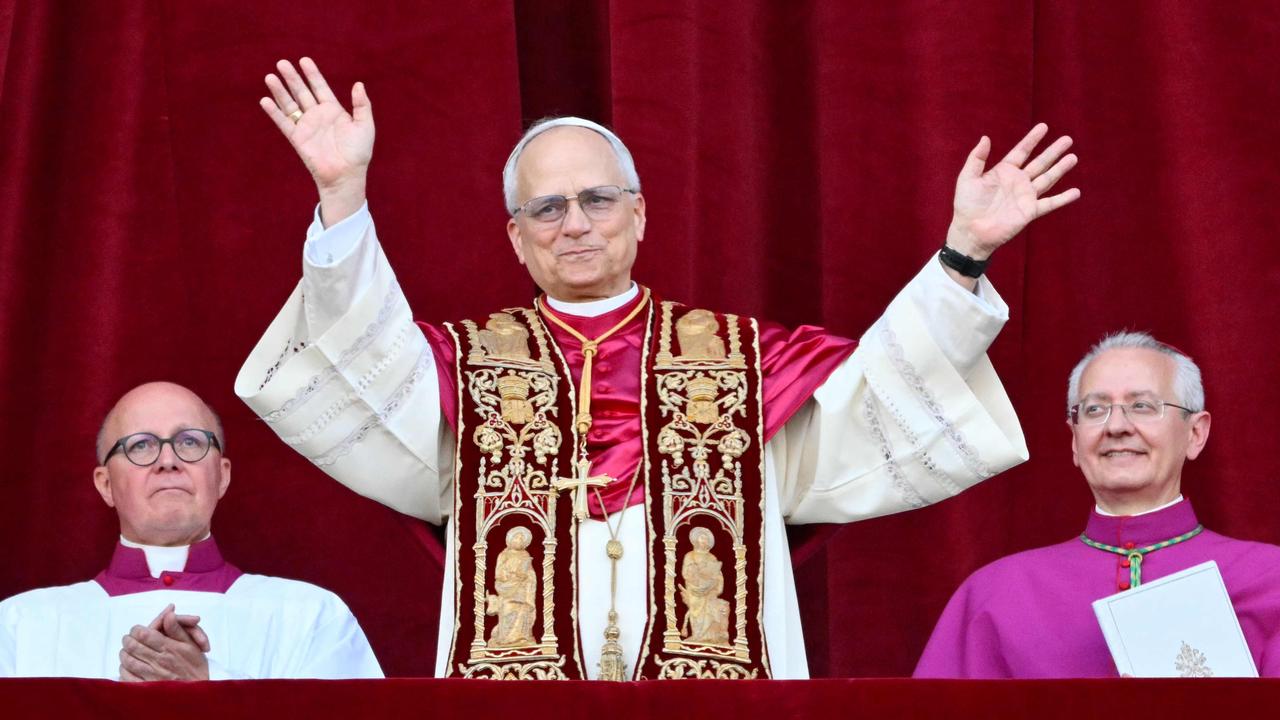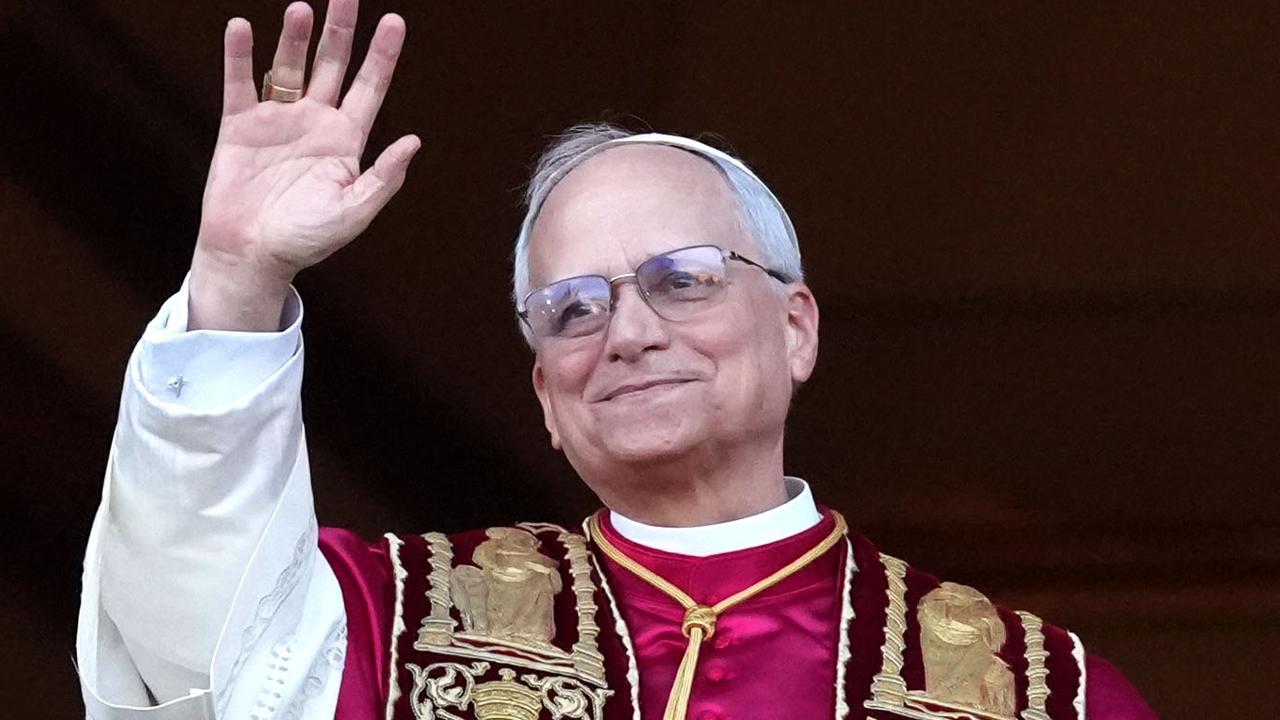How a Pope gets their name and its special meaning
Popes traditionally choose the name of a predecessor to define their papacy, or show who they seek to emulate. Find out the meaning of Pope Leo’s name and that of other prominent pontiffs.
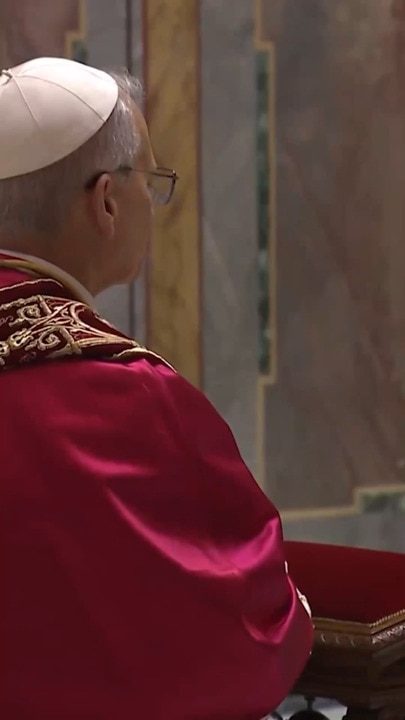
Europe
Don't miss out on the headlines from Europe. Followed categories will be added to My News.
Francis II, Benedict XVII and John Paul III were all tipped as possible names for the next pope, but the new pontiff chose an entirely different saint’s name.
There are two schools of thought as to why Robert Provost chose Leo as his papal name.
New popes traditionally choose the name of an immediate predecessor as a way of defining their papacy from the outset, or showing who they would seek to emulate.
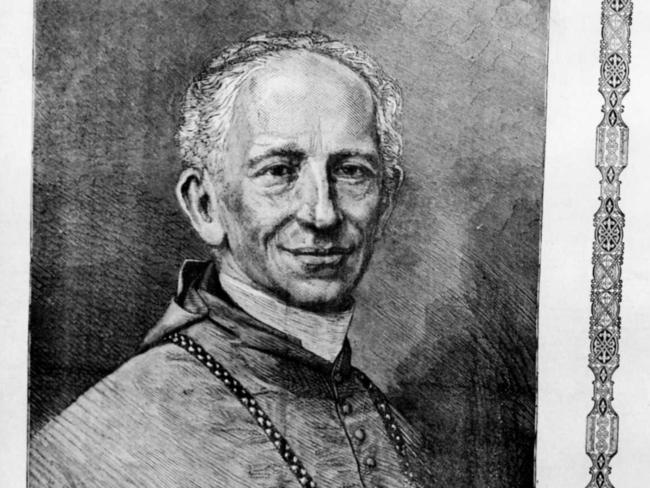
Pope Leo XIII who headed up the Catholic Church from 1878 to 1903 was known as a modern pope who championed social justice and the rights of the working class.
Pope Leo XIII was the last pope until Francis who chose to be buried outside the Vatican.
Others believe Pope Leo XIV chose his name as he wished to emulate St Leo the Great who himself served as the first pope of his name from 440 to 461.
St Leo was a peacemaker who famously negotiated with Attila the Hun and convinced him not to attack Rome.

Pope Francis broke convention by choosing a name that had never been selected before; a move that was hailed as creating a “nominally blank slate” for the Vatican and his papacy.
But the choice of “Francis” was heavily imbued with meaning, said Michael McGirr, mission director for the Catholic charity Caritas.

“As it was becoming clear in the [2013] conclave that he would get the numbers, a cardinal from Brazil leaned across to him and said ‘Remember the poor’. And so he chose the patron saint of the poor, Francis of Assisi,” Mr McGirr said.
John Paul II chose his name in dedication to his immediate predecessor, John Paul I, who was pope for just 33 days, while Benedict honoured the memory of Benedict XV, who as pope led calls for peace during the dark days of World War I.
Other previously popular papal names such as Innocent, Urban and Clement would seem to be unlikely candidates for a return, although it should be noted there were three popes named Pius in the 20th Century, the most recent of whom, Pius XII, served until 1958.
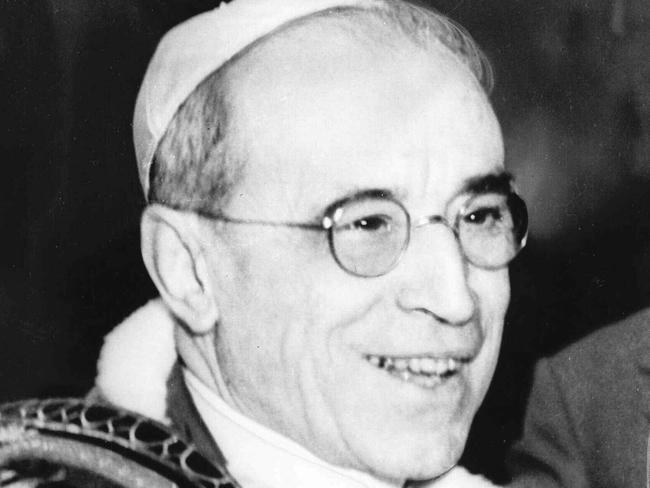
Mr McGirr said it was possible another previously popular papal name, Gregory, could make a return, but “there’s also been a lot of saints whose names have never been taken by a pope”.
“There’s never been a Pope Ignatius or a Pope Dominic, and they are big figures in the Church,” he said.
More Coverage
Originally published as How a Pope gets their name and its special meaning




